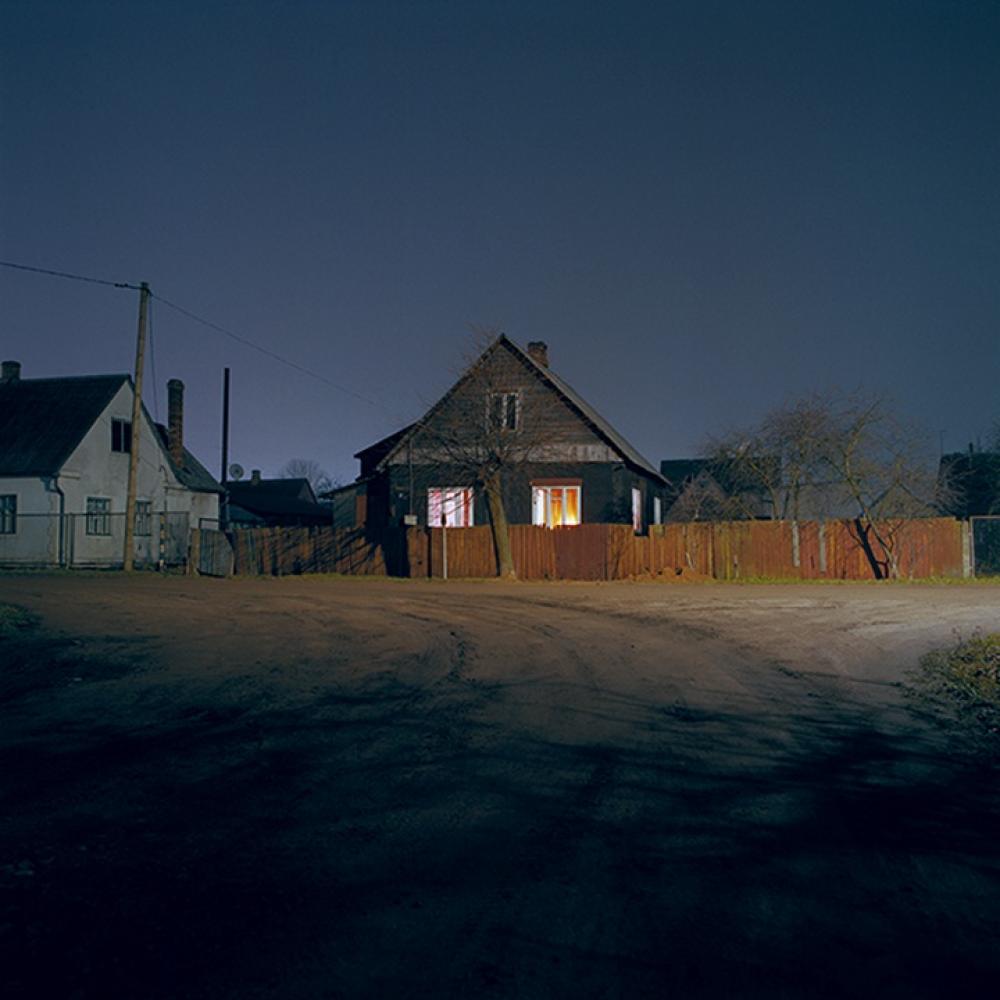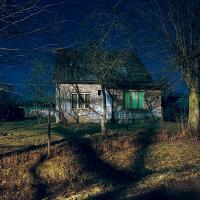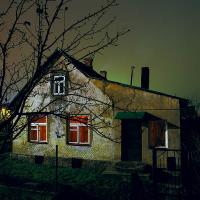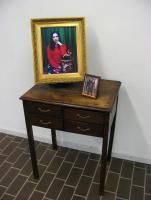What is it that evokes a sense of home or safety, hope or nostalgic childhood memories? It may be an opulent mansion for someone, their grandparents’ dwelling or a humble garden house, a fond remembrance of their carefree childhood for someone else ‒ or perhaps sentimental family photos that bring back memories of life’s happy moments. It is not just physical space that inspires a feeling of safety in people but also affiliation to a social group that gives a sense of mutual care, support and confidence. Viewed through a wide lens, these are the things that we wish to explore in our Sense of Home exhibition.
In this exhibition, we aim to introduce the viewer to a selection of works stored at the Latvian National Museum of Art, most of which are part of the collection of the upcoming Museum of Contemporary Art. Sadly, the idea of the museum is still no more than just that, an idea, and for this reason we are happy for this opportunity to put at least part of the works on view. Contemporary art is created by authors who are our peers and who in their works reflect on events and feelings that are familiar and make sense to all of us. It is a glimpse of times in our long-gone or quite recent past, recorded through the sensitive lens of creative personalities. On this particular occasion, we are focusing on photography, one of the most democratic and vivid art media of the second half of the 20th century and the early 21st century.
Two brilliant classic Latvian photography artists are represented at the exhibition ‒ Egons Spuris and Zenta Dzividzinska, whose ascetic black-and-white style of photography is often described as subjective realism. Egons Spuris’ photo series ‘Riga. Proletarian Districts. Late 19th, Early 20th Centuries’ has been included in the Latvian Cultural Canon and excels with its sensitive capturing of the working class district of Grīziņkalns. In her ‘Servitude’ series, Zenta Dzividzinska makes a seemingly dispassionate record of the life cycle of a single garden house ‒ from its construction to the first spring bloom, harvest and winter when it is already time to start thinking about the next year’s cycle. The series can also be read as a hymn to the Latvian work ethics and traditions.
Meanwhile, Kristīne Kursiša’s ‘Diagnostics of Karma’ is an ironic attempt by the artist to pry open, as it were, the logic of the consequences of human intentions and actions: What improves our destiny or makes it worse? Can we trust a fortune-reading parlour with our life? It can be viewed as a challenge to the stereotypes associated with the subject of the existential problems of contemporary human life.
A joint project by Monika Pormale and Alvis Hermanis, the 2010 production of ‘Shukshin's Stories’ at the Moscow Theatre of Nations was a memorable art event; it has been documented in photographs. The everyday life of residents of the deep backwoods of Russia reveals a full range of human emotion and universal values.
To accentuate the general mood of the show, we have chosen two installations by Kristaps Ģelzis ‒ ‘Three Graces’ and ‘Trunk’. As to what exactly the message was that the artist wanted to convey in his works ‒ let it serve as an exercise for the viewer’s creative imagination.
The internationally acclaimed middle-generation photographer Alnis Stakle focuses on humble small-town neighbourhoods and private living houses whose lit windows, captured in moonlight, seem so inviting yet incredibly distant at the same time. The images fascinate with their intangible soulful warmth that alternates with nostalgic sadness.
As a special addition to this excellent selection of works by Latvian artists, the exhibition presents an outsider’s view by the Finnish photographer Tuomo Manninen ‒ vivid portraits of various independent social communities in Latvia. There is strength and proud self-confidence in these images.
We would like to express our gratitude to the Director of Latvian National Museum of Art Māra Lāce and Deputy Director for Collections at LNMA Iveta Derkusova for this opportunity to show this selection of works in Cēsis.
Inese Baranovska and Astrīda Rogule, curators



